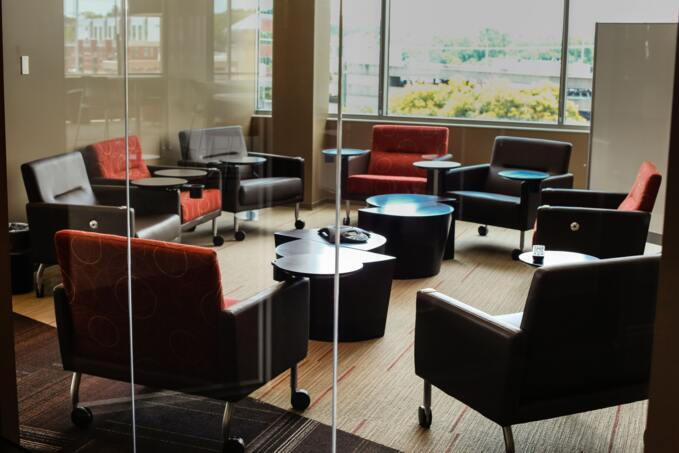Each of us is familiar with the long aisle, where one office follows the next to the left and right. This Büro concept is probably most widespread in &crafts, but other industries also use the so-called cellular Büros. Despite the unflattering name, this type of room layout is currently still the most common form in Germany.
There are also various variations here. First of all, the office concept of cellular offices describes many small, individual offices, which are usually all accessible via a long corridor. Depending on their size, cellular toilets can be occupied by different numbers of people. The best-known are probably dormitories for two people, but there are also dormitories for up to six people.
In principle, however, the cell office is more impressive because it is small and the employees in it have a lot of privacy. Its great advantage is the quietness that employees have to be able to concentrate optimally. Due to the small space and the small number of people, it is also usually possible to heat and light the room according to their individual requirements. One disadvantage is the longer communication path with other people who are not in the same cell office.
